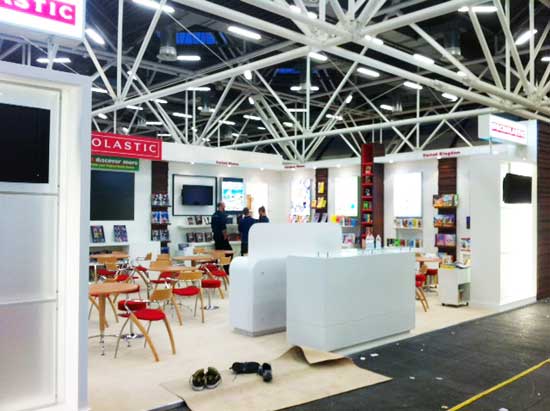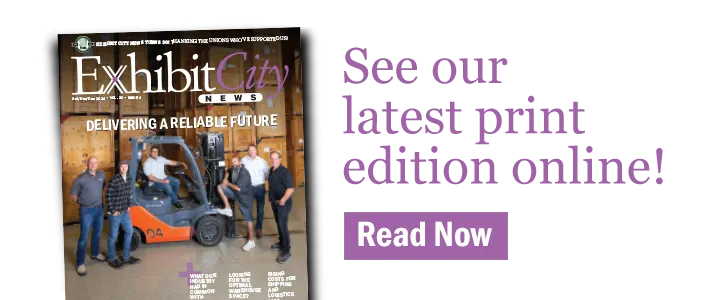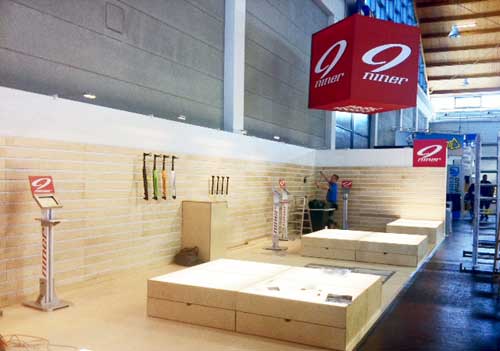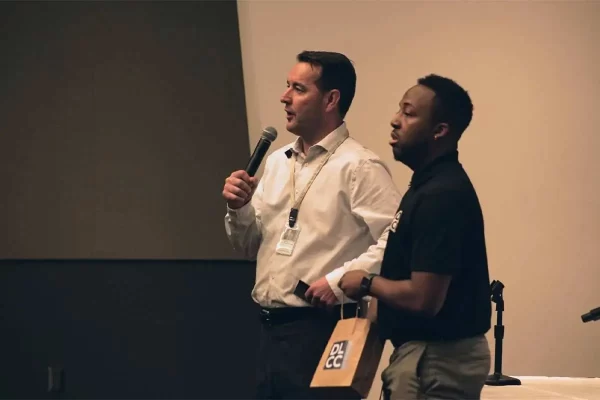Happy Oktoberfest! Even if you know little about Germany, I’m sure you are all at least familiar with the Oktoberfest celebration. In honor the great tradition, I thought this month’s article would focus on Der Vaterland.
After World War II, Germany received money from the U.S. and other nations to help rebuild. Germany invested part of this money into creating tradeshow venues in multiple cities across the country. These were governmentally funded and owned at the time. This investment into the “Messe” halls played a large role in rebuilding Germany’s western economy.

Today, Germany is host to hundreds of tradeshows each year and its economy is the one largely holding the EU together. Who would have thought that a tradeshow could help a country regain its stature as it did here.
Unlike some countries where it’s easy to pick a single city to visit for a show, Germany has many. From Munich to Frankfurt and Düsseldorf to Berlin, Germany has countless venues and service providers. It’s likely a show could end up in anyone of these cities. Attendees can fly into multiple airports within the country as well, so make sure to look for the one closest to the show. Flying into Frankfurt is also easy and travelers can take one of many high-speed trains to a destination and see a bit of the countryside along the way.
When arriving in Germany, for U.S. citizens, it is not necessary to fill out any forms. Just present your passport to the customs agent and they will process you through.
Transportation is easy within cities or between cities as well. Aside from the high-speed Intercity-Express trains, German cities have regional trains and city train systems as well. They also have a robust bus and taxi network. It is important you buy your train ticket before you board, either at a ticket machine or the Deutsche Bahn travel bureau at the train station. You can also buy online at www.db.de. You may not always get checked for a ticket on the train, but if you are caught without one you’ll have a stiff penalty to pay and be kicked off immediately.
Working in Germany is rather simple, but they do have a few strict rules. Like other places in Europe, Germany
may require you to submit your drawings for a static calculation to ensure the building methods meet their criteria for safety. This can cost you anywhere from a couple hundred Euros to thousands of Euros depending on the complexity and venue.
Germany is also very environmentally conscious. Therefore, you are often not only charged a waste disposal fee, they also require you to recycle your building materials. Don’t be surprised if you see a recycling fee on an invoice also.
While there are a lot of build and burn exhibits in Germany, you can also rent a lot of system elements and it is becoming a bit more common to store an exhibit like you are used to in the U.S. However, storage rates are significantly higher due to the smaller area they have for storing items. It’s best to examine your show schedule and work with your exhibit builder to decide the best method of building.
A few tips for Germany:
• When you buy a bottle of water they charge a deposit, or pfand. When you return the bottle for recycling, they will credit it back. You can return bottles at grocery stores, gas stations and most show hall snack stands.
• The German trains are relatively on-time and run fairly often.
• You can often find a grocery store to pick up water, supplies, etc., at a train station in the larger cities.
• The main train station for each city is called the Hauptbahnhof. Larger cities may have smaller stations in other areas as well.
• One of my favorite German dishes is the pork knuckle – look it up.
• Don’t leave without eating at a German bakery!
Of course, if you have time to sightsee you should. I can’t pick out just one amazing thing to see here, so here are a few.
If you are near the North Sea you can do a Watwanderung. There are a couple different tours for this based on length. The tide goes so far back you can walk the bottom of the sea floor from the island to the mainland. It’s messy, but amazing. This is an activity that should be planned when it is a touch warmer and not in the wintertime. You must walk fast, because you don’t want to be stuck in the tide when it is coming back in.
Visitors can also take a trip down the Rhein by boat or train and stop in all the tiny, old, German towns. This is also a good wine region for tastings.
If you are heading to Bavaria, experience Neuschwanstein, the castle of Crazy King Ludwig, and then head to Munich for a beer and pretzel at the Hofbrahaus.
You can’t miss Berlin either since all of the history is there. Visitors can tour Check Point Charlie, see the remains of the wall and visit one of the many museums. You’ll be amazed at the difference between East and West and I’m wondering if you can tell which one is which.
Safe travels and remember, when you Prost (say cheers) always look the other person in the eye.
































